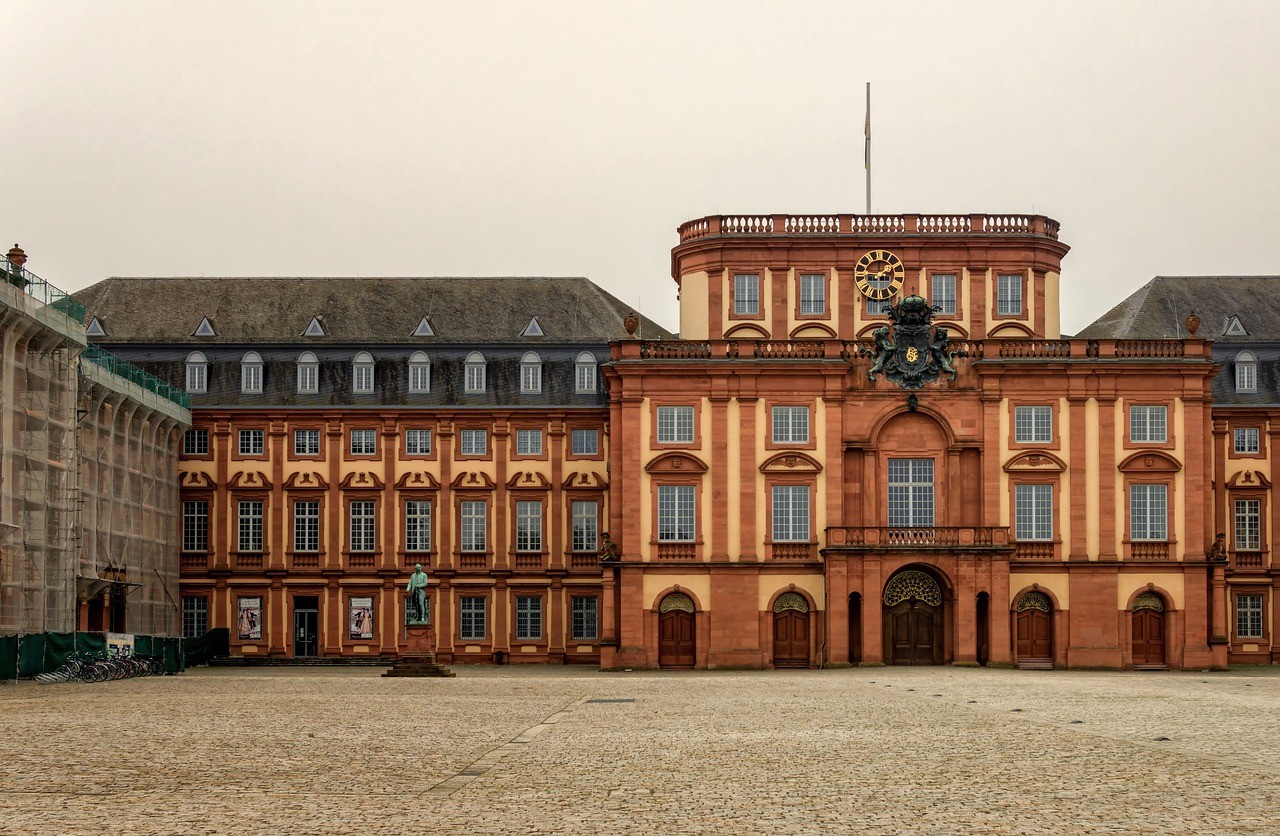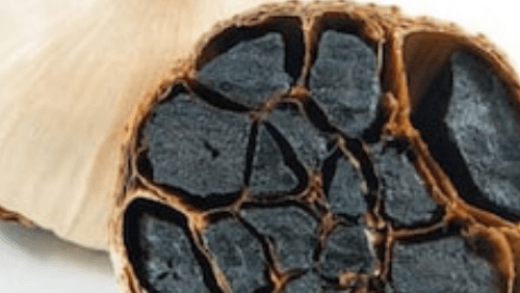Is the mystery behind the stone blocks of Giza unveiled? Were the block-shaped gravels sliced from natural limestone? Or were they imprinted with an older version of concrete? Mystery Behind the Pyramid of Giza
What were the methods being used by builders to develop such mysterious pyramids? Can it be replicated in the modern period?
Many experiments had been done and ongoing to answer all such age-old mysteries. In this article, we have summed up some of the shreds of evidence and facts provided by various researchers and excavators to get you details about this amazing edifice.
What is puzzling about pyramids?
Built-in Giza, an important city of the Egyptian empire and on the banks of the River Nile, the pyramids of Giza are truly astonishing.
They are considered to have been built during 2613–2494 BC, making it the oldest enduring of the imaginative seven wonders of the world.
It took around 20 years to build this resting place of king Khufu. It was once the tallest building that existed in the world continually for 3,800 years. Another thing, that makes it even more special is the biggest controversy of how it was constructed? Mystery Behind the Pyramid of Giza
The people living in Egypt are not sure about its erection but is believed that the building was built as a requirement to complete a task of civil service. As per some Egyptologists, over 20,000 skilled laborers worked to develop this structure and were paid for their work.
To raise your fascination about this masterpiece, let me acknowledge that this impressive edifice is made up of limestone blocks, each weighing two tons. But how the Egyptians would have lifted such heavy blocks to create such a perfect pyramid? Did they had and ramp and pulley machinery?
An accepted theory
Many researchers have revealed one of the most widely accepted theories behind the construction of Giza’s pyramids, is “The pyramids were shaped of the huge engraved limestones which were lifted by the workers using ramp and pulley force”. Mystery Behind the Pyramid of Giza
More than two years ago Joseph Davidovits director of the Geopolymer Institute, France has mentioned that the stone blocks of the pyramids of Giza were originally an incarnated form of material produced by mixing clay, lime, Limestone, and water.
Another observation came into the limelight when Barsoum and his group, at their institute draw their conclusions from the experiment. They discovered that small structures found in the outer and central molding of blocks were consistently strong due to restored limestone.
The cement material used for making limestone blocks comprised either calcium and magnesium-rich silicate crystals or silicon dioxide along with higher water content. Both cementing phases of stones were irregularly arranged one over the other.
Moreover, they determined the availability of silicon dioxide nanoscale spheres with a lower diameter in one of their samples, concluded that the pyramid’s blocks were not made up of natural limestone.
Additionally, they explained that stones being fitted so closely together was due to the perfect casting done in the construction process, that not even a single hair can emanate between the two blocks.
However, along with such small perceptions, the complete theory has not been proven up till the present day.
Can it be replicated?
As per several scientists worldwide, the pyramids of Giza can be constructed but would require a lot of time along with machinery and utmost manpower. Nevertheless, the process would be costlier enough making the idea of its replication insignificant to be implemented.
Adding on to this aspect, duplicating the method of pyramid assembly would be long-lasting, economical, and matter to enhance the understanding of a differentially great architecture protocol.
The process can be environmentally friendly due to the usage of good material as comparing it to the one being used nowadays as the material of interest. Lastly, a better understanding of the much-hidden mystery about the pyramid(4,500 years old) is not only about the past, but a boon to the future.











